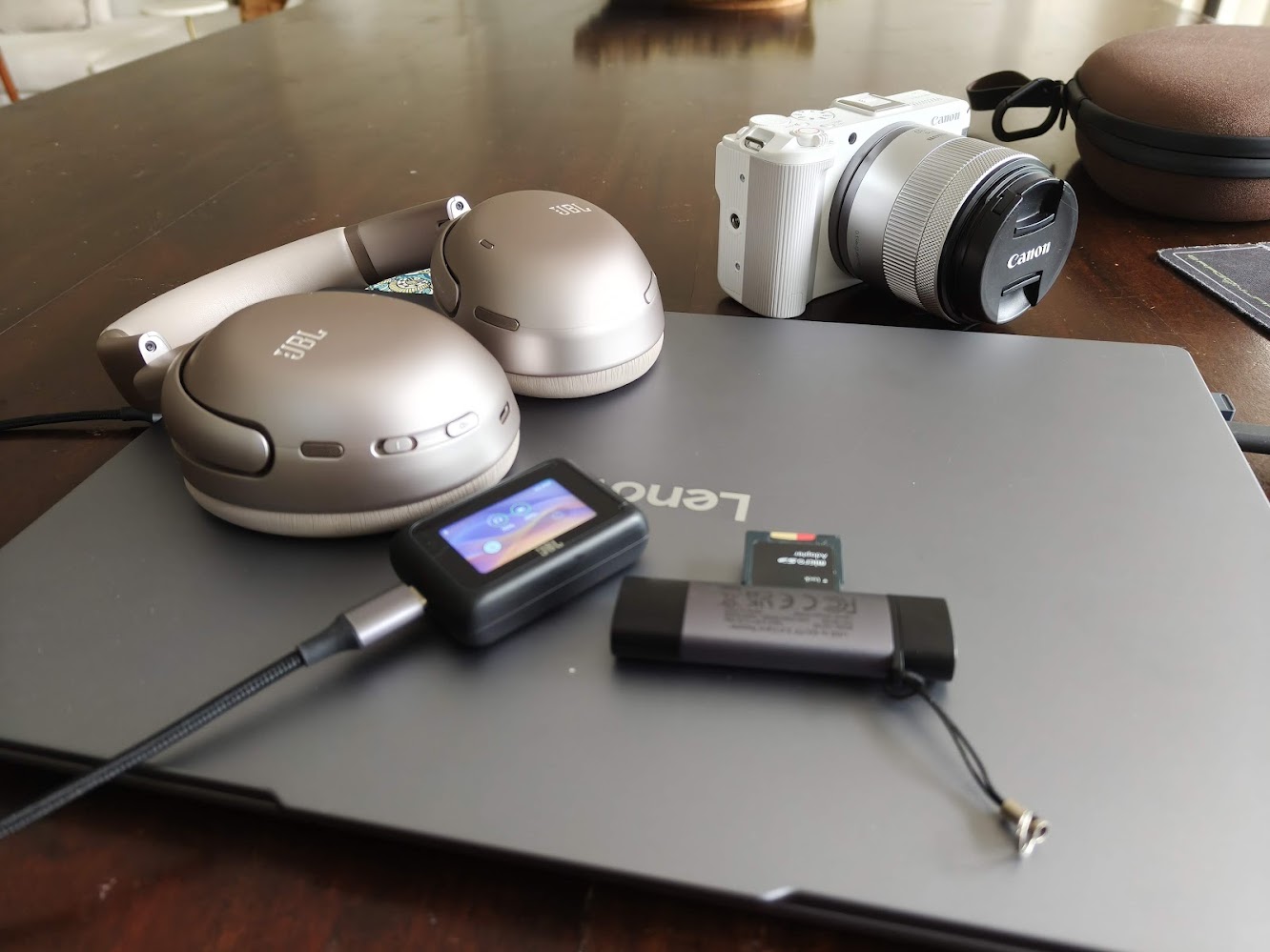Category: Best of
-
Why Pinoys need a bit of entrepreneurship in their blood
There was a time when having a stable job meant security. You stayed loyal to one company, collected your benefits, and built a predictable rhythm in life. But in 2025, more than the entrepreneurial drive to explore new horizons, there’s evidence that many Filipinos are becoming entrepreneurs on the side. In my twenty years covering…
Written by

-
New Tagaytay finds: The Brickseum in Amadeo
Everything is awesome in Tagaytay! I had the chance to visit the private launch of The Brickseum, a project of Randy and Thea Protacio. I met Randy a number of years ago before the pandemic in my previous work at Manila Bulletin. As my boss also had a huge LEGO collection at the Intramuros office,…
Written by

-
ASUS Vivobook S16: productivity, portability, personal assistant
There’s a lot going on with the new ASUS Vivobook S16. As someone who owns an ASUS laptop, the Vivobook S16 is value PLUS. This new iteration of the Vivobook is thinner and lighter, giving it a premium feel. But how is this possible? What exactly is the draw? Snapdragon. The ASUS Vivobook S16 isn’t…
Written by

-
Small world, big impact: small AI models work in cybersecurity
In an era dominated by the widespread integration of Artificial Intelligence, from copilots to chatbots, the cybersecurity industry is witnessing a significant shift in its approach to AI deployment. While large language models (LLMs) often capture headlines, they are frequently ill-suited for the massive scale and real-time demands of cybersecurity applications, where billions of events…
Written by

-
I found Arknights, ZZZ, Tears of Themis, Wuthering Waves (Wuwa) merch in Shanghai, China
Because of the language barrier and uncooperative-ness of Google Maps, it’s not very easy to find stuff online in China if you are a foreigner using the Google ecosystem. Even if you had a VPN, it doesn’t mean that access to Google search and Google Maps would yield accurate results when finding particular stores. In…
Written by

-
New gadgets on the test bed: Canon R50 V, Lenovo Yoga Slim 7i Aura Edition, JBL Tour One M3 over ears
I am testing out a trifecta of new gadgets. In accordance with the theme that good things come in three’s, I’ve been using these three new devices in tandem for my workflow. One is a hybrid camera from Canon, the other is the first “wild” unit of the over-ear JBL Tour One M3, and the…
Written by

-
Fun browser-based games you can enjoy with kids (and the young at heart)
In a previous post I talked about some of the online games I introduced to the kids. As a parent, a life hack I discovered was looking for games that utilized the browser — in other words, these were not app dependent, and relied on HTML5 coding on a website. The reason for this is…
Written by

-
Tour of the HUAWEI Lianqui Lake R&D Campus in Shanghai
Holy cow, a train system inside an office? Roughly two hours from Pudong is the new R&D campus of Huawei. Officially called the Lianqui Lake R&D Campus, this is where most, if not all of HUAWEI’s new research and development takes place. According to data available, this campus will be the research center for future technologies…
Written by

-
Fuji goes wide with the instax Wide Evo, yours for P22,599
The Fuji instax Wide Evo is the latest addition to the instax line. Its previous model was an affordable hybrid digital and instant camera that captured the hearts of many because it was affordable and refreshing to be able to print photos on the fly, while still being a digital camera. @barpoinsettia #instaxwide #InstaxWideEvo #Fuji…
Written by

-
‘Tala’ is a locally made fountain pen ink that shimmers like the night sky
I am relatively new to the hobby of fountain pens. Like any curious tourist that take a peek at what’s below the cliff, sometimes you bend too much and fall in. In this case, I’ve fallen into the rabbit hole of fountain pens. And what a joyous fall it was. The hobby is a pragmatic…
Written by

